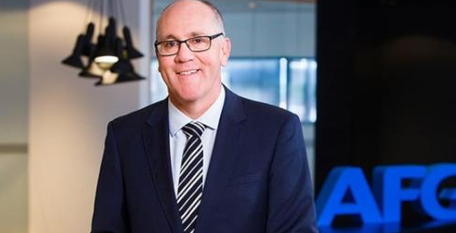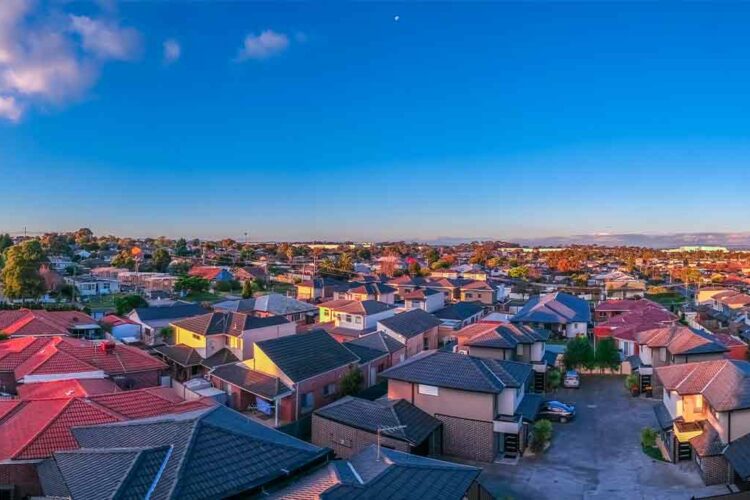The Reserve Bank of Australia’s decision to again raise the cash rate will further slow national house price growth, according to the Real Estate Institute of Australia (REIA).
Despite the forecast value decreases, induced by the board’s verdict to lift the cash rate by 50 basis points to 1.85 per cent delivered at its monthly meeting on Tuesday (2 August), REIA president Hayden Groves still believes the market presents opportunities.
“Inflation is expected to peak this year before declining, which will certainly have an impact. Interest rates remain at historic lows, making the opportunity for investment in Australian homes a live option even in this current market,” he said.
Mr Groves said it was important to note that despite the continual rise of prices since the beginning of the year, the economy remains on track for recovery, given unemployment rates are at a 50-year low. Additionally, he noted that a major source of inflation could be traced to supply constraints — brought on by the pandemic, weather events and global conflict — rather than an overheated economy.
He noted that while home buyer jitters seemed to be on the rise, with loan commitments to first home buyers falling 8 per cent over the month of June, loan commitments were still at historically strong levels. He described the current fluctuations as a moment of stabilisation after historically high price increases.
Mr Groves added that there is a “touch of optimism in the governor’s statement regarding future interest rate increases when he says, ‘the board expects to take further steps in the process of normalising monetary conditions over the months ahead, but it is not a pre-set path’.”
That may come as little comfort to borrowers who are growing nervous in the face of yet another increase to their mortgage payments.
Macquarie Bank was the first to pass on the hike.
Beginning on 12 August, rates for new and existing customers of the bank will rise 50 basis points, taking the lender’s lowest variable rate for owner-occupiers to 3.69 per cent. However, it will cut fixed mortgage rates by up to 0.75 percentage points on Friday.
For owner-occupiers paying principal and interest on a variable loan with 25 years remaining, the increase will see their monthly repayments increase by $133.
RateCity research director Sally Tindall said it was likely that other banks would follow Macquarie’s lead and pass the hike on to customers, before suggesting that the lender’s decision to cut fixed rates may be a sign of things to come in the industry.
“The big cuts to fixed rates from Macquarie suggest the tide may be turning for fixed rates, which have been sharply rising since last year,” she said.
Ms Tindall explained how the costs of fixed rate funding are starting to slow down, which could see more banks mirror Macquarie’s decision to lower fixed rates in the coming weeks.
Elaborating further, she outlined how “fixed rates are one indicator of where variable rates may be headed”, before advising anyone considering taking out a fixed rate right now to “weigh up their options”.
Australia’s fifth-largest lender also announced that from 3 August, the introductory rate on its savings account would increase by 2 percentage points to 3.10 per cent for the first four months.
The interest rate for existing customers will jump to 2.25 per cent, thanks to a 0.50 percentage point increase, while the same rise will see the bank’s transaction account rate hit 2.25 per cent on 12 August.
Ms Tindall added that it was great that Macquarie had made the decision to provide its transaction and savings account holders with the increased rates and hoped that the big four would follow suit.


